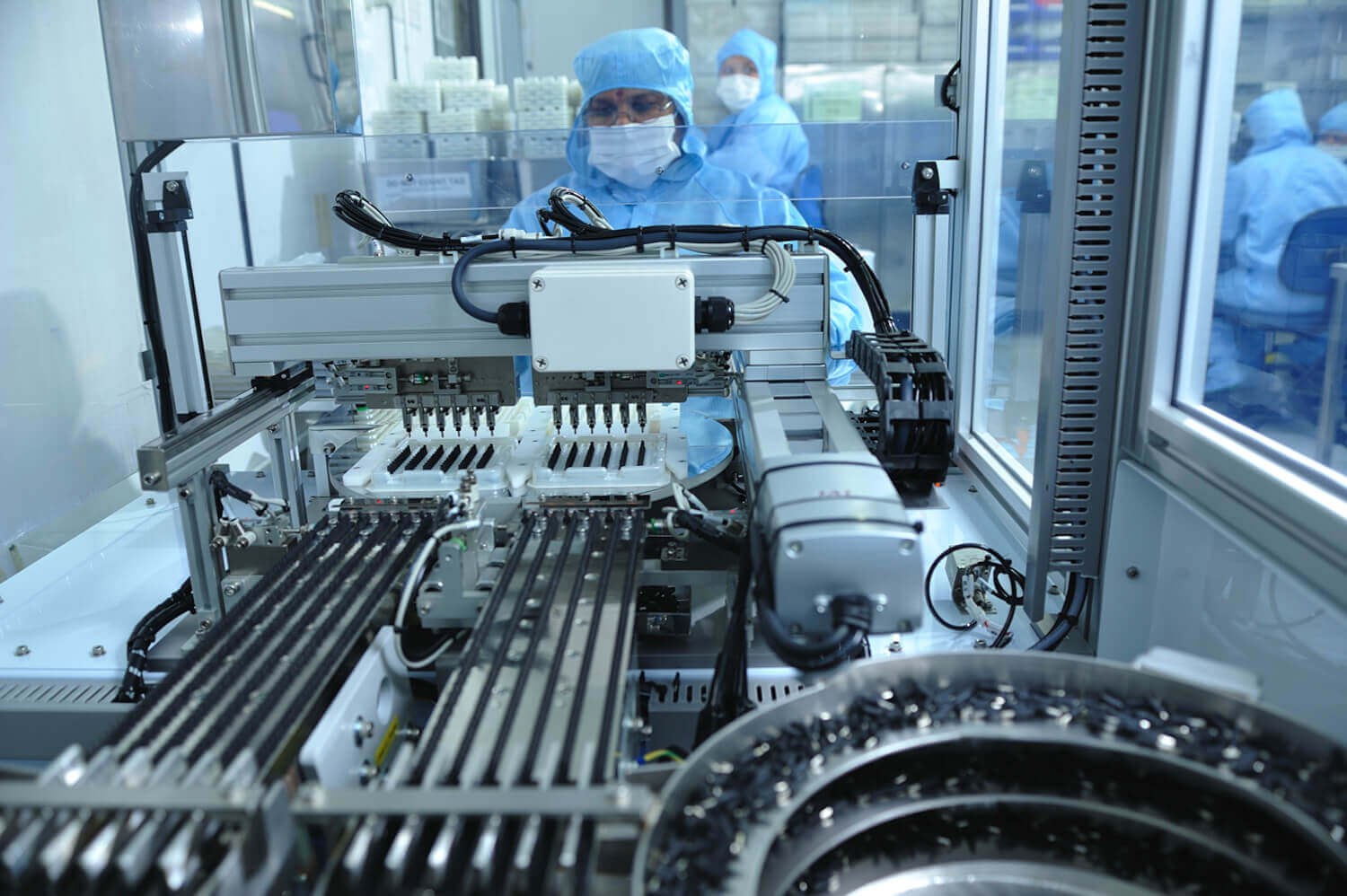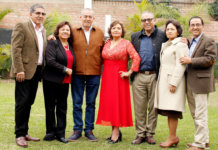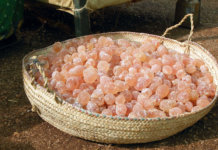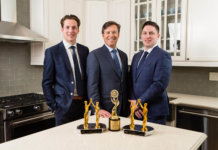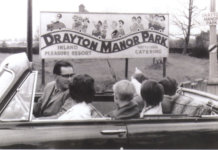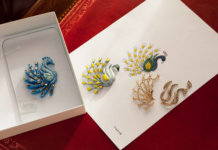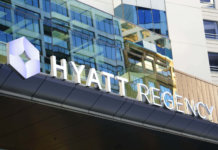When it comes to next-generation involvement in the family business, there is no definitive model for success. Family businesses are as unique as the goods and services they provide, and circumstances of succession are similarly exceptional.
Phyllis Ong’s career, which eventually led back to the family business, took an indirect route. While she became established in her own right taking on managerial positions at Beiersdorf and later Johnson & Johnson, she remained unaware of the pre-eminent position her family’s firm, Armstrong Industrial Corporation, had been carving out for itself. Asia’s leader in noise, vibration, and heat management solutions (NVH), Armstrong currently employs 3800 people across seven countries.
Her story of coming home with a decade of external business experience provides a favourable case study of what the next generation can bring to the family business.
Recently, Tharawat Magazine had the opportunity to speak with Phyllis Ong, Deputy CEO of Armstrong, about her circuitous professional journey, the learning curve that came with her new position in the family business, and the realities of conducting business in a fast-paced and ever-changing environment.
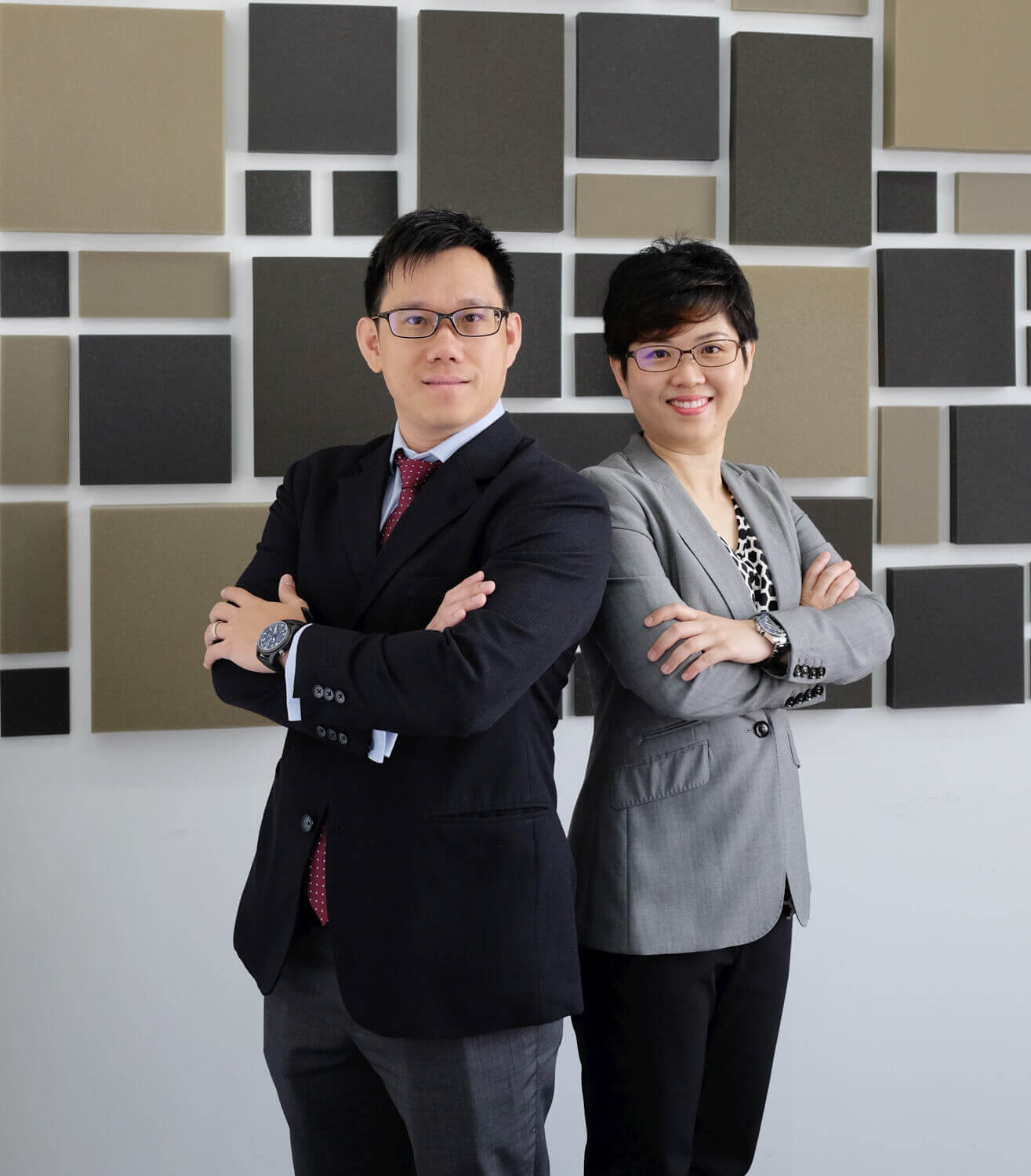
Tell us more about the entrepreneurial story of your family business. How did they build Armstrong and what was it like 44 years ago when they started?
It’s interesting because my father initially set up this company for a friend. He had his own job at the time, and he was trying to help an associate who had always been very kind to him. Despite the best intentions, this entrepreneurial role was not suitable for the friend, and so my father decided to step in and take the reins. This would be his first formal taste of entrepreneurship and was highly motivated by the fact that he had grown up with very little.
When I was young, there were nights when he wouldn’t come home until 3 AM and had to go back to work at 6 AM. His generation never complained about things like that. Both my parents just worked hard and got on with life. As entrepreneurs, they had to make incredible sacrifices just to get through the tough times.
Those experiences made my father extremely resilient. It taught him the value of never giving up. This instilled trust in his partners – here is a man who loves his work and honours what he says.
What was the turning point for Armstrong?
Originally my parents were in the auto-parts industry, buying supplies from all over the world to sell to automotive companies in Malaysia, Singapore, and elsewhere in the region. They soon discovered that the foam and rubber products they stocked were ideal for technical dampening, insulating, sealing and cushioning functions. They saw an opportunity and set out to start making these products in-house.
In 1988, my father established a very strong relationship with the Japanese conglomerate Bridgestone. This was huge for us. In those days if you said, ‘I’m from Armstrong,’ nobody was interested. However, he was persistent and trustworthy enough that Bridgestone set up a joint venture with him called Bridgestone-Armstrong. All of a sudden, doors flew open. Other potential partners began to see the family business as a reliable and credible supplier because a huge organisation like Bridgestone doesn’t partner with just anyone.
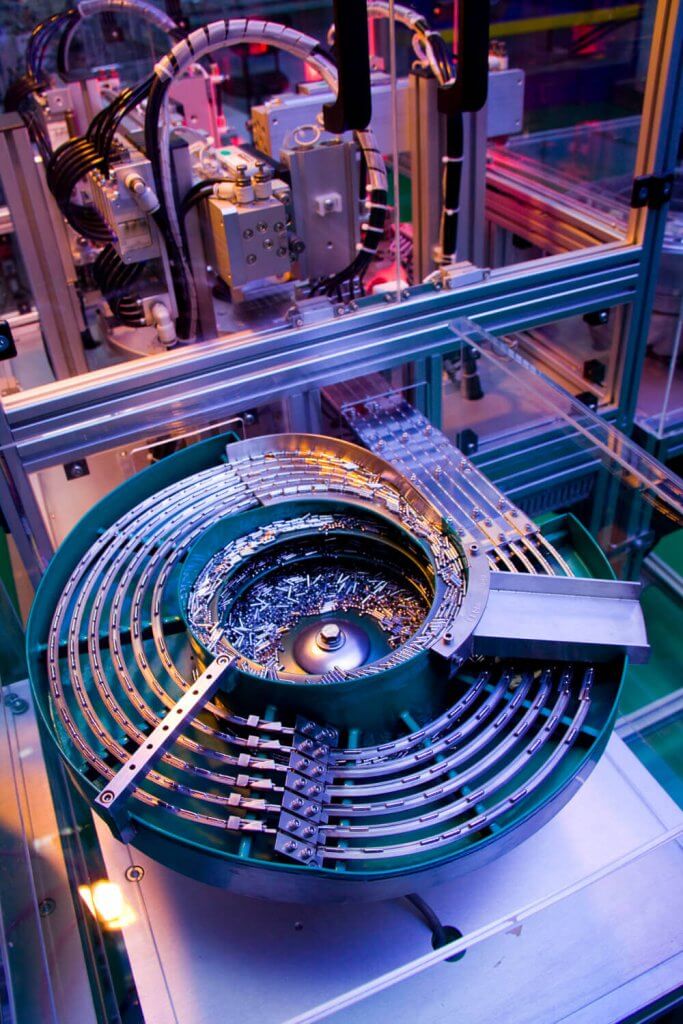
What was it like when you entered the picture at Armstrong?
When I came in, most of the staff had already been here for 15 to 20 years. In some ways, they were more like my parents’ children because they saw each other every day and my father typically works quite closely with people. When I arrived, my priority was to learn as much as I could about our operation and our customers. I believe that customers define you as a company and I was surprised to learn that so many of the top global brands are our direct customers. I was under the impression that we were a small player selling foam and rubber things, I had no idea. I was like, ‘Wow, you have Audi, Volkswagen, Mercedes Benz, Seagate, Western Digital, Sony, Panasonic and Yamaha’
It was only after the first few years that I started to embrace the immense responsibility of being part of a business-owning family. My parents gave more than 40 years of their lives to this business, and I’m deeply invested in ensuring its longevity. My perspective has changed significantly compared to when I came in thinking, ‘Oh, I can just give some support here and there and then say bye after two years.’
[ms-protect-content id=”4069,4129″]
You came in and understandably, were impressed by the depth of Armstrong’s client base. What was your first initiative to contribute to the growth of Armstrong?
We had 16 subsidiaries in six countries then. So my first thought was, ‘I can’t be effective in all of these areas. I won’t be able to master anything.’ So, I selected a single subsidiary that in my mind had the greatest potential and I focused my attention there. I worked closely with a colleague who is familiar with the industry to focus on the Chinese automotive sector, which retrospectively was a good choice because the exponential growth of the market means it has become a very sizeable part of the business.
It’s not just about bringing in a client – it’s about building new relationships. This move paid off because it led to a lot of new accounts including BMW, Jaguar and Land Rover. It’s been inspiring because everybody knows we’re serious. In Asian manufacturing circles, Armstrong is synonymous with business in every sense of the word. While I believe I have contributed a lot to Armstrong over the past eight years, Armstrong has given me much more in return when I consider the opportunities for growth. I believe I can continue to contribute more along this exciting journey.
What are the challenges for Singaporean family businesses when it comes to growth and internationalisation?
A critical factor in overcoming adversity is the perspective that optimal growth is best facilitated through strategic partnerships. In my experience and the experience of Armstrong as a whole, this is almost always the case. I truly believe in the power of collaboration. My father taught me that in any partnership, you can’t expect to win all the time – it’s about give and take, reciprocity even. We’ve benefitted most from being trustworthy, ethical and by thinking in the long term. Because of the way my father built Armstrong, these values are an inherent part of our company culture.
When it comes to succeeding your father, how will you find a balance between maintaining his values while moving forward with your own vision?
We’ve actually been thinking about this for the last few years and about two years ago, my team and I put an initial plan in place. We decided it was best to divide Armstrong into Armstrong AXCEL and Armstrong ATOMIC. For the past 45 years or so, Armstrong has been a regional manufacturing company with global partners. Eventually, however, the plan is to convert Armstrong into two portfolios – the AXCEL portfolio will continue to strengthen our existing core business in manufacturing with forward-looking materials, products and design IP. The ATOMIC portfolio will have an investment arm focused on IP as well as acquiring healthcare and consumer brands. We’ll also consider co-owning brands with strong industry partners. We believe having our own IP is critical for long-term survival and growth and we are grateful to have the Singapore government agencies such as ESG and IPI’s strong support in this too.
While the journey for Armstrong ATOMIC holds a lot of uncertainties, we look forward to a bright future full of potential. The acronym A-T-O-M-I-C stands for Answers for Tomorrow Innovation Centre. We believe in our vision and will use our considerable resources to shape the future by investing in healthcare, biomedical and lifestyle consumer start-ups and partnerships. By dividing Armstrong in this simple way, we’ll be able to be an effective player in the world of tomorrow while paying equal attention to the core business model that has served us well all these years.
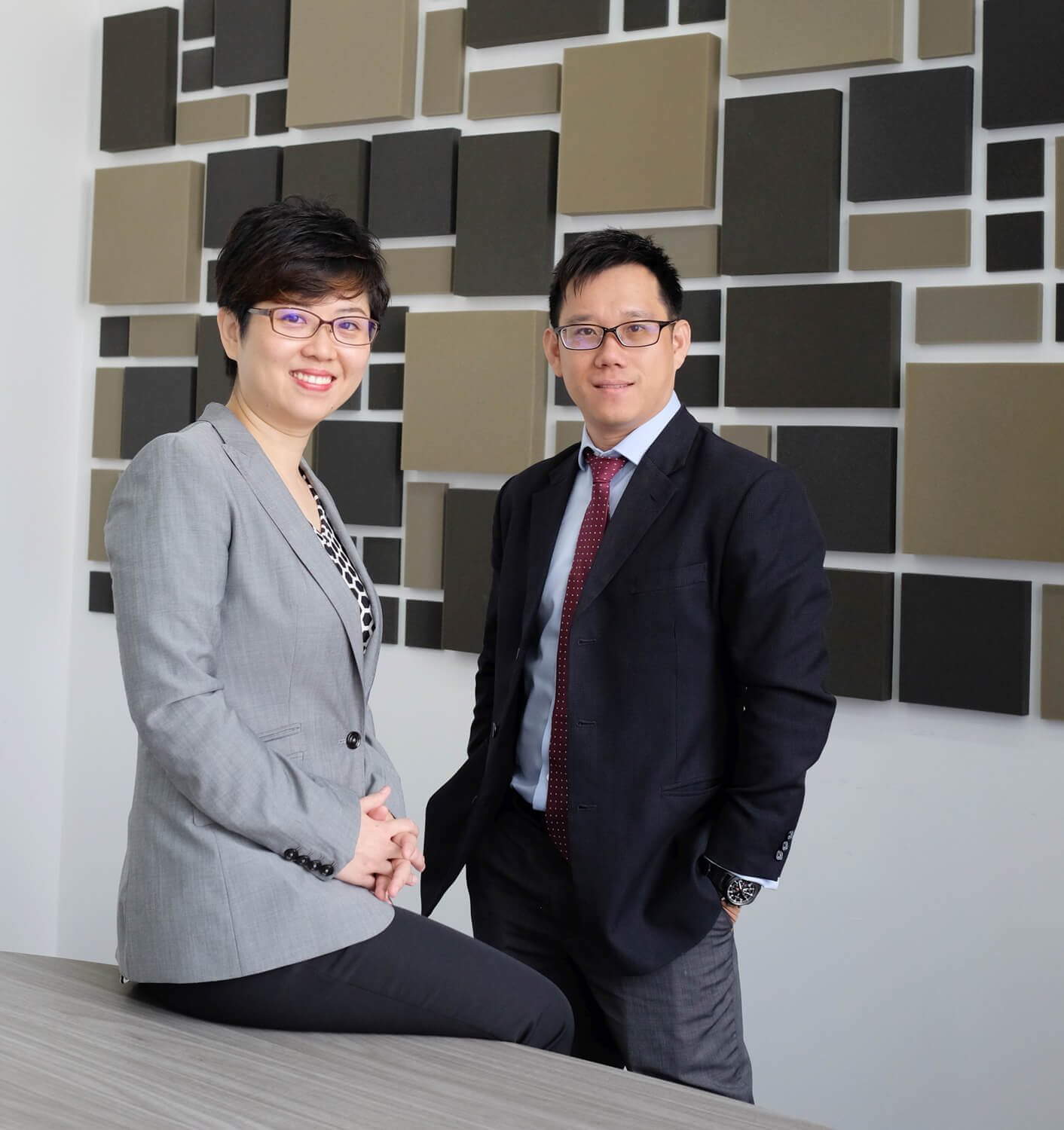
When considering the next generation’s involvement in Armstrong, would you do the same as your parents did?
My parents wanted the choice to be ours and only ours. They strongly believed in self-determination. My brother joined the business by his own choice three years before I joined Armstrong. Our parents raised us to be independent – to rely on our own abilities and be able to define what success and happiness meant to us. The idea was to give us the tools to do well whatever path we took, regardless of the family business. The fact that I worked elsewhere for more than ten years helped me immensely when I came here. I brought a different perspective to Armstrong, and I understand that sometimes as a boss you want perfection though ultimately, we should always strive for an optimal balance. You have to juggle all the factors and collaborate as a team to create a sustainable culture that you think will serve the organisation best. Ultimately, whatever arrangement works best for the health and longevity of the business.
[/ms-protect-content]


